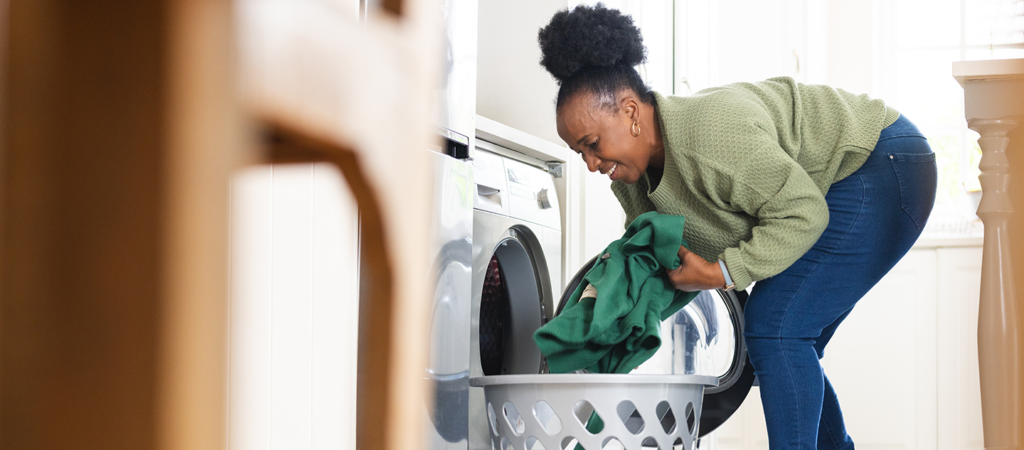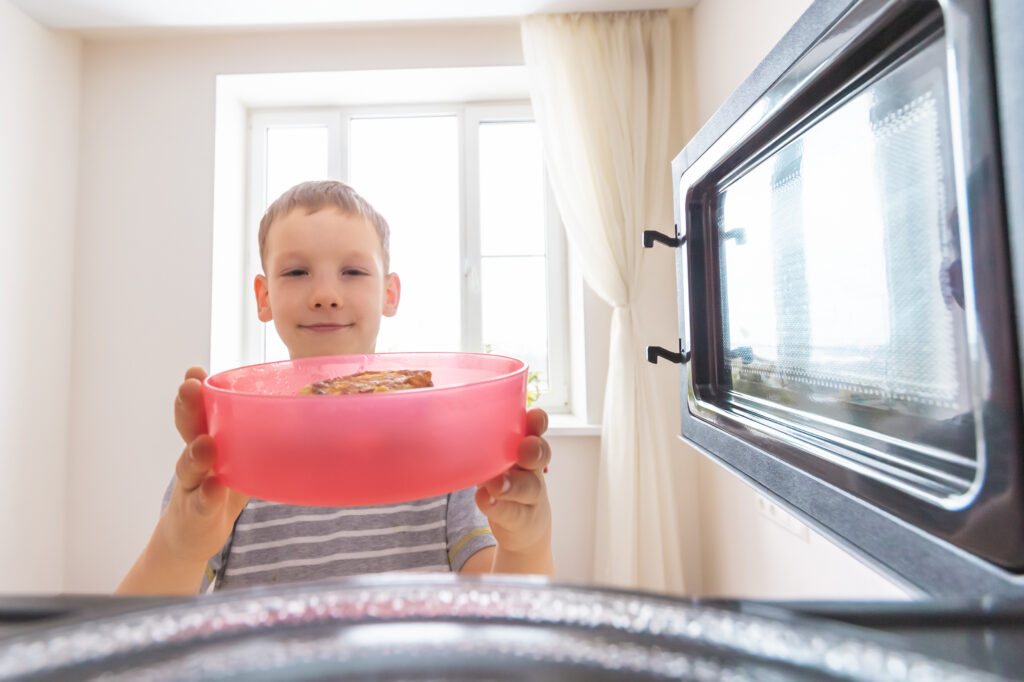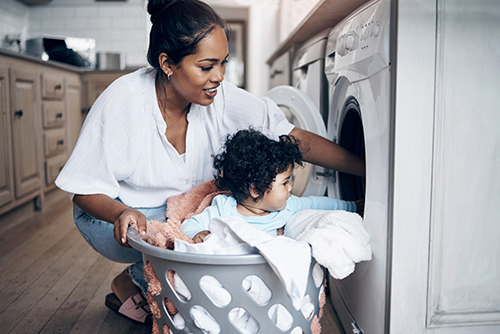
Smarter, Safer Products
Learn how we develop and advocate for household product safety standards to protect what’s precious: your home and family.
What is the Risk to You?
Home is where you and your loved ones should feel your safest. The average household has more than 125 products certified to ULSE standards that help to mitigate common risks and hazards.
By the Numbers
Hover over each stat below to learn about the impact proper detection can have in preventing tragedy.
Keep reading to explore examples of the power of prevention from people just like you.
Safety Science in Action
A safety standard is like an instruction manual put together by experts to guide the testing of products, services, and systems to make them safer for you.
Our library of 1,700+ standards and documents helps you feel safer where it matters most. Learn how safety standards can give your household greater peace of mind.
Partnering to Reduce Microwave-Related Burns Among Children
From 2002 to 2012, more than 7,000 children under the age of five were treated for microwave-related burns in the U.S. So, a group of medical researchers and doctors contacted UL Standards & Engagement to propose an update to UL 923, the Standard for Microwave Cooking Appliances. This standard has been modified to help reduce the risk from burns thanks to stakeholder collaboration.

Household Product Safety Resources
As a standards organization, we have a unique opportunity to improve the safety of millions of people by helping to address risks and hazards in the products and systems used in everyday life. Explore these resources to equip yourself and your loved ones with the knowledge you need to live more safely.
-

Automatic Garage Door Standards: Helping to Keep Families Safe
Learn how UL 325 has transformed residential garage door safety and helps prevent deaths and injuries.
-

How Standards for Wall and Ceiling Mounts Help Prevent Serious Injuries
Learn how UL 2442 can help prevent injury or damage from TV mounts.
-

Mitigating Hazards to Small Children from Front-Loading Washers and Dryers
Discover how safety standards help prevent child injuries from front-loading washers and dryers by addressing entrapment, burns, and other hazards.
Frequently Asked Questions
Education can be one of our greatest assets in keeping your household safe. Review common questions about household product safety to know and mitigate your risk.

most commonly asked
What are some common household product safety risks?
Everyday products like microwaves, garage doors, and TV mounts have the potential to cause injury. Families — particularly those with children — can reduce the risks posed by these products by selecting brands independently certified as meeting our safety standards.
How can I improve playtime safety for children?
Many products found in a bedroom or playroom — ranging from furniture to toys powered by electricity or button or coin cell batteries — are covered by UL standards to help protect against hazards such as accidental tip over, electric shock, or ingestion.
For example, hazard-based standard development can be seen in the construction requirement that no electric device be shaped like a boat. This helps prevent the risk of electric shock when the item is used in or around water.
What are some examples of how standards help protect children from entrapment?
UL 2157, the Standard for Electric Clothes Washing Machines and Extractors, and UL 2158, the Standard for Electric Clothes Dryers, both specify the maximum amount of force needed to open doors from the inside, which allows a child to break free if they should become entrapped.
They also introduce built-in child lock features on control panels, which require deliberate operation and prevent a child from turning on a unit if they climb into the appliance. Additionally, these standards’ requirements include protection against accessibility to current-carrying parts to prevent electric shock and temperature limits for touchable surfaces to prevent burns.
What are some common safety considerations for everyday products such as fans?
Mechanically, powering an impeller by a motor presents a great risk of personal harm. The blades of the impeller could accidentally collide with an individual, a pet, or another object.
Furthermore, because fans are powered by electricity, shock hazards are another potential threat which must be mitigated.
What are common causes of burn injuries in the home?
Roughly every minute in the U.S., someone sustains a burn injury significant enough to require emergency medical treatment. 73% of those injuries treated at a burn center occur in the home. Many of these incidents can be attributed to cooking appliances or decorative devices that produce flames.
How can I avoid unnecessary cooking fire risks?
The National Fire Protection Association (NFPA) states that unattended cooking is the leading cause of cooking casualties and fires. Never leave cooking appliances on while an adult is not present and ensure that all cooking appliances are independently certified as conforming to applicable UL standards.
Spotlight
Household Product Safety Standards
Our catalog includes more than 1,700 safety standards and documents that are regularly updated and added to. Explore how our standards are making the world safer for you.
Get Involved
Optimizing a standard’s applicability and scientific rigor is made possible by diverse expert voices and deep collaboration. Be part of the process by helping to inform the next generation of standards.

Technical Committees
Each TC is a diverse group of experts representing a broad range of perspectives and interests, including consumers, manufacturers, regulators, supply chain professionals, and more.
As a TC member, you will review proposals for new or revised standards and work collaboratively to achieve consensus through balloting in our transparent process.

Stakeholders
Stakeholders can submit, review, and comment on proposals for new standards or revisions to existing standards. While these individuals cannot vote, the TC considers their input during the standards voting process. Since standards affect everyone, all are welcome to participate as stakeholders. Register online through our Collaborative Standards Development System, CSDS.

